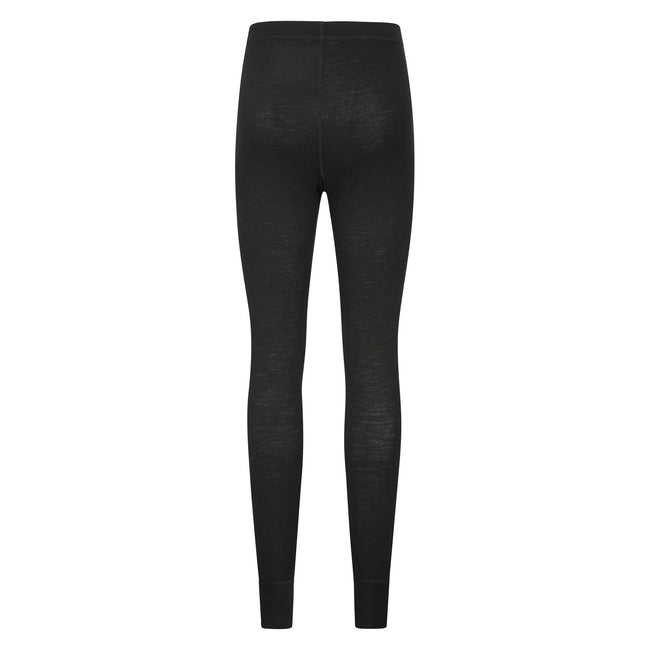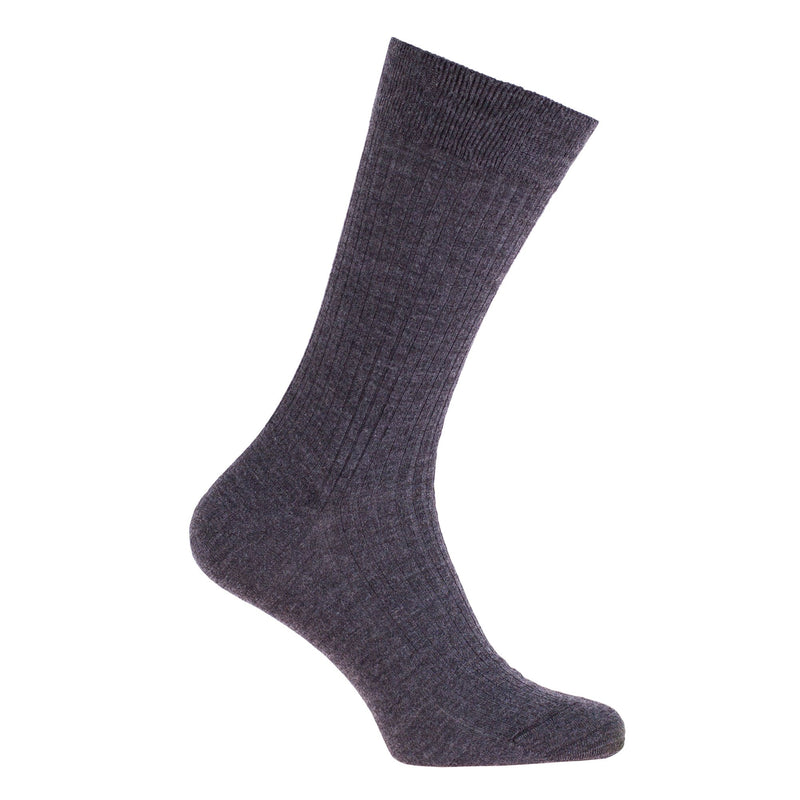Natural fibers are an excellent choice for a base layer in winter sports clothes, not just for their durability but also their environmental sustainability.
Both merino and yak wool are made from natural fibers that come from animals. These natural resources can be harvested without harming any animals. These fibers are biodegradable, which means that they are broken down naturally and without causing environmental harm.
Low Environmental Impact
Natural fibers are known to have a smaller environmental impact than synthetics. The cultivation and harvesting of wool require less chemical processes and are less reliant on resources that are not renewable compared with synthetic fibers.
Energy Efficiency
Processing wool fibers consumes less energy than the production of synthetic fibers like polyester or nylon. The manufacturing of natural wool consumes less energy and reduces carbon emission.
Reduced Microplastics Pollution
Natural wool fibers aren't able to pollute the water with microplastics, like synthetic fibers.
The product's longevity and its Recyclability
Yak merino clothes are usually durable and last for a long period of time. Wool fibers can also be recycled or repurposed, further reducing pollution and waste.
Sustainable Practices-
Wool producers and manufacturers follow ethical and sustainable practices that are ethical and sustainable. They ensure the welfare of their animals as well as responsible land management, as well as decent conditions of work for all employees within the manufacturing chain.
Environmental Certification-
The Responsible Wool Standard or Global Organic Textile Standard are certificates that prove ethical and environmentally conscious practices in the wool production industry. They offer consumers assurances regarding sustainable practices.
Base layers made from yak merino are typically environmentally friendly because they come from renewable and natural sources. They also have a minimal environmental impact during production and use ethical and sustainable supply chains. Natural fibers, like yak wool merino, are an excellent option for winter sports clothing that promotes responsible consumption and environmentally friendly practices. Follow the top rated merino wool base layers for blog info including smartwool quarter zip, airblaster merino ninja suit, womens icebreaker base layer, smartwool mid layer, sweaty betty ski base layer, best thermals for skiing, airblaster merino ninja suit, skiing base layers, merino wool base layers, wool mid layer and more.

What Are The Advantages To Bamboo Clothing In Relation To Thermal Regulation? Uv Protection. Biodegradability. Environmental Impact.
Thermal RegulationBamboo clothing comes with numerous advantages, such as biodegradability, UV protection as well as environmental impacts.
Insulation: Bamboo fabric has natural thermal regulating properties that help provide warmth during cold temperatures. It regulates your body's temperature, retaining heat during colder temperatures and allowing air circulation in order to avoid overheating.
UV Protection
UV Resistance - Bamboo fabrics provide natural protection against harmful UV Rays. The bamboo fabric is able to block up to a third of the UV rayons.
Biodegradability-
Eco-Friendly - Bamboo clothing biodegrades naturally, meaning it doesn't leave harmful residues at the conclusion of their life cycle or contribute to environmental pollution. This reduces waste, and also the negative impact on the environment of clothes that are to be discarded.
Environmental Impact-
Sustainability- Bamboo is highly sustainable as a raw material. It grows fast and abundantly without the need for chemical fertilizers, pesticides or other chemicals. The environmental footprint is minimized. Rapid expansion makes it a long-lasting resource.
Bamboo has a lower water requirement when compared to cotton and other crops. This makes it more efficient in terms of water use. This helps reduce the use of water and lessens pressure on the resources.
Soil Conservation
Soil health - Bamboo cultivation does not deplete soil nutrients and doesn't require massive irrigation. This helps improve soil conditions, and reduces the necessity for damaging practices in agriculture.
Carbon Sequestration
Carbon Absorption - Bamboo has the capacity to absorb CO2 and release it more efficiently than other species. This property helps reduce carbon emissions as well as combat climate change.
Bamboo clothing is a great option for people who wish to dress in clothes that are practical and sustainable. These attributes are in line with environmentally mindful practices and offer benefits for the environment and the wearer. Have a look at the recommended bamboo clothings for site info including bamboo clothing, cotton bamboo pajamas, bamboo newborn clothes, yala pajamas, bamboo sun shirt, bamboo fitness clothing, bamboo fibre clothing, short bamboo, ladies bamboo tops, mens boxer shorts bamboo and more.

What Is The Feel, Texture, And Moisture Absorption Of Bamboo Or Merino Compare To That Of Wool?
In comparing merino wool, bamboo clothing, and traditional wool in terms of warmth, texture, and moisture absorption- Texture-
Merino WoolMerino Wool Merino wool is renowned for its softness and fine fibres, offering an easier and smoother texture when compared to wool that is traditional. It is believed to be more relaxing.
Bamboo Clothing - Bamboo fabric is silky and smooth texture, which is frequently compared with luxurious materials such as silk or cashmere. It's soft, which makes it ideal for comfortable wear.
Traditional Wool: Traditional wool is available in a variety of different texture. Some are coarser than others and may cause itchiness or discomfort.
Warmth-
Merino Fiber- Merino fiber is renowned for its outstanding insulation properties. Even when damp it holds warmth and acts as an effective insulation during cold winter conditions.
Bamboo Clothing- Bamboo clothing also provides warmth, however it might not offer the same amount of insulation like the merino wool. It regulates body temperature and may be comfortable in a range of weather conditions.
Traditional Wool- Much like wool from merino, traditional wool provides warmth and insulation. Traditional wool is heavier than bamboo and merino clothing.
Moisture Absorption-
Merino WoolMerino Wool Merino wool has exceptional properties for wicking moisture, bringing it away from the skin while let it evaporate. Even when it is wet, the wool remains warm.
Bamboo Clothing Bamboo fabric has moisture wicking abilities and can draw moisture away and offer the comfort you need during your physical exercise. It is able to regulate moisture and keeps the wearer dry.
Wool isn't as water-wicking as bamboo or the merino. Certain kinds of wool feel heavy or damp when they are wet.
Merino is considered to be an extremely warm and soft material with excellent moisture-wicking capabilities. Bamboo clothing is smooth and silky texture. It's warm and well-regulated by moisture. Traditional wool could have a different texture, provide warmth and absorption of moisture, but feel heavier or coarser when compared with bamboo or merino clothing. Each material has unique properties which cater to different clothes preferences and needs. See the most popular additional reading on merino winter clothings for website examples including wicked wool base layer, warmest base layer for skiing, best baselayers for skiing, merino winter clothing hunting, smartwool men's classic thermal merino base layer crew, merino wool underwear womens, wool thermals womens, wool underlayer, best base layer for skiing, wool thermals mens and more.
